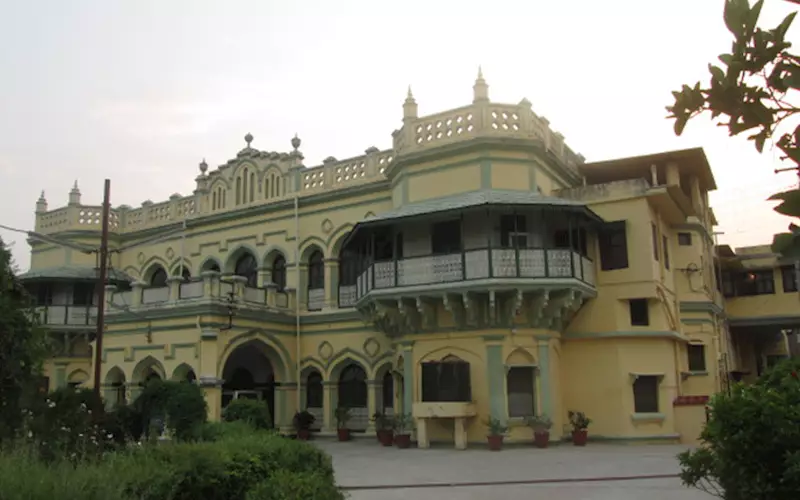The Chintamoni Ghosh print quiz
Both Prabasi and Modern Review were printed at The Indian Press. PrintWeek puts together a quiz about the man who inked the Deed of Agreement in 1906 with Rabindranath Tagore.
29 Jan 2020 | By PrintWeek Team
Who was Chintamoni Ghosh?
Chintamoni Ghosh was the founder of The Indian Press in Allahabad. He was also known as the Caxton of the Hindi world.
Why was Chintamoni Ghosh famous?
He was a pioneer in printing. Plus he was the publisher of Rabindranath Tagore's books, including Gitanjali, from 1908 to 1922.
How did Rabindranath Tagore hear about Chintamani Ghosh and The Indian Press?
Tagore heard through Prabasi to which he was a regular contributor. Tagore assigned the sole right of printing and publishing of about 100 titles of Tagore, including responsibility for making arrangement for sale of those books against biennial settlement of royalty to the author.
When did Tagore's association with The Indian Press end?
It ended in 1922 when Tagore set up his university, Vishwa Bharti. The poet laureate had donated the money from his Nobel Prize and all his earnings and royalties to it, but the institution needed more funds. So Tagore wrote to Ghosh requesting him to surrender his rights to the Tagore titles so that Vishwa Bharti could publish them and the profits accrue to the university.
Did Chintamoni Ghosh agree?
Yes, he did. In fact he did not take a rupee in compensation. Even though it affected his balance sheet.
Other than publishing Tagore's works, why is Ghosh famous?
Ghosh published Saraswati on 1 January 1900.
So?
This is the first Hindi monthly magazine in India.
What was Ghosh's first job before he set up The Indian Press?
His first job was with the Pioneer newspaper. He was a dispatch clerk and his salary was Rs 10 per month.
Why was Pioneer important in the life of India's print pioneer?
Ghosh's biographer NG Bagchi says, a young and hardworking Ghosh picked up the rudiments of the trade at Pioneer. These were: typesetting, make up and imposition. Plus Ghosh was dreaming about “owning a press someday."
How long did Ghosh work at the Pioneer?
He was with the newspaper for seven years. When he left the job, the management had to hire five men to do the work he performed single-handedly.
When was The Indian Press born?
4 June, 1884. Ghosh was 30 years old then.
How did the Indian Press come into being?
Ghosh's dream of becoming a printer was fulfilled when he purchased a secondhand Crown hand press with accessories; and since he could not afford an assistant, he did the printing himself. This was over and above his day job at the meteorological department.
What was the first print job produced by The Indian Press?
A series of physical geography readers in 1887.
Two years later, he produced a series of graded readers for Hindi called Shikshavali. Why was this such a success?
Compared to the books then available, which was printed by the government press on indifferent paper and been prepared 30 years earlier, the Shikshavali Hindi readers broke new grounds in terms of language and content; as well as layout and typography.
Chintamoni Ghosh died in August 1923. The next month the Hindi monthly Saraswati published a commemorative issue. Why was it special?
The publication contained eulogies by Maithili Sharan Gupta and Mahabir Prasad Dwivedi (who was editor of the journal from 1903 to 1920).
Why was this issue important from a print perspective?
The issue was special because it carried a number of half-tone photographs. Other than the family photos and the Ghosh residences, it encapsulated the history of printing in the nineteenth and early twentieth century.
Famous authors published by The Indian Press
Alberuni
Edwin Greaves (Hindi grammar)
Fa Hsien (Hindi translations)
Herbert Spencer
Hiuen Tsiang
Kalidasa
Jayadeva
Mahabir Prasad Dwivedi
Nawab Rai
Rabindranath Tagore
Shakespeare
Sharat Chandra
Sumitranandan Pant
Tulsidasa











 See All
See All